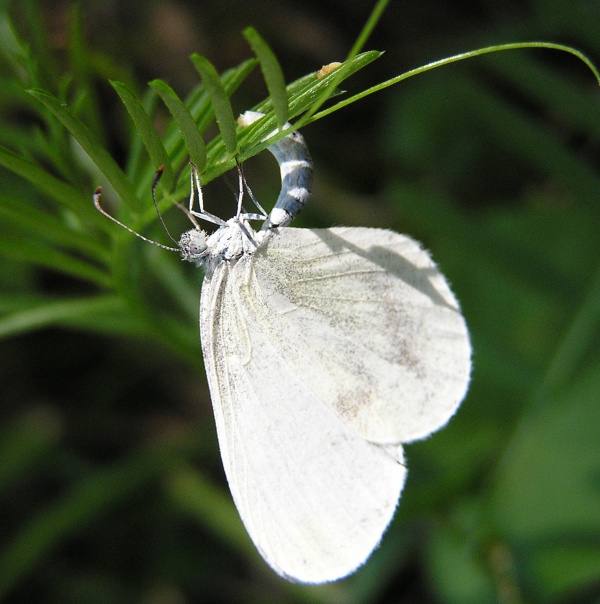Facts About Leptidea sinapis
The Wood White Butterfly: A Closer Look
The wood white butterfly, scientifically known as *Leptidea sinapis*, is a delicate member of the Pieridae family. This charming butterfly can be spotted fluttering around England, Ireland, and Northern Europe. Its white wings, adorned with subtle grey or yellow markings, create a gentle sight as it glides gracefully over shrubbery.
A Peek into Their Mating Behavior
Male wood whites are quite the romantics, courting females with dedication and possessing the ability to mate multiple times. In contrast, females typically mate just once in their lifetime.
Conservation Concerns
Regrettably, the wood white butterfly has experienced a decline in numbers, which led to its inclusion in the UK BAP Priority Species list in 2005. Conservationists are diligently working to understand the best methods to preserve their woodland habitats and how climate change affects the survival of their eggs.
Habitat Preferences
These butterflies are selective about their habitats. They thrive in woodland clearings, shrubbery, meadows, and forest edges, even up to 2,500 meters above sea level. They require areas rich in vegetation and specific food plants for laying their eggs.
Life Cycle
Their life cycle is captivating. It spans from egg-hatching to larval development, then pupation, and finally emerging as adult butterflies. They are bivoltine, meaning they produce two generations each year, from late May to August.
A Complex Family
The wood white is part of a cryptic species complex that includes relatives such as *L. reali* and *L. juvernica*. These species occupy distinct niches based on habitat preferences and mating behaviors. Females are selective, adhering to their specific species, which maintains the separation of the species.
Sedentary Nature
Unlike some butterflies, wood whites do not migrate. They remain in their local habitats, with two generations emerging annually.
Mating Rituals
The mating behavior of wood whites is quite the spectacle. Males initiate elaborate courtship rituals, and while females mate only once, males mate multiple times to ensure their offspring's survival. Males are constantly on the lookout for mates, flying slowly and purposefully.
Relationship with Flowers
Interestingly, wood whites are considered mutualists rather than parasitic to the flowers they feed on, playing a role in the pollination process, which benefits both the butterfly and the plant.
Facing Threats
Wood white butterflies face numerous threats, including predators, parasites, and changes in their habitats. Conservation efforts are focused on preserving and maintaining woodland areas and reintroducing these butterflies into suitable environments. Researchers are also studying how weather and climate change impact their pupation during the winter months.
By understanding and supporting these delicate creatures, we can help ensure they continue to grace our woodlands for generations to come.

 United Kingdom
United Kingdom